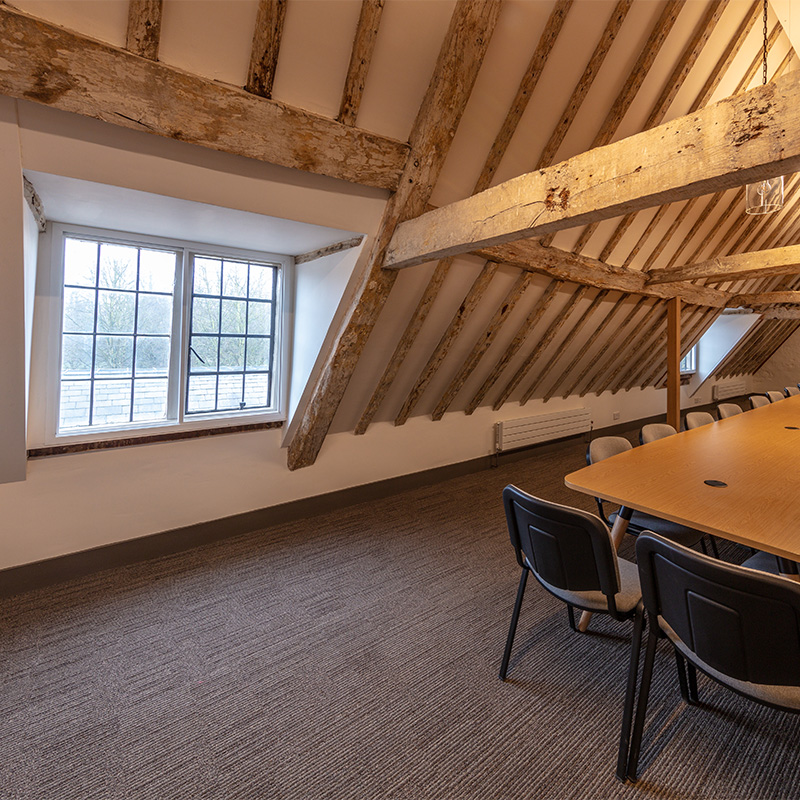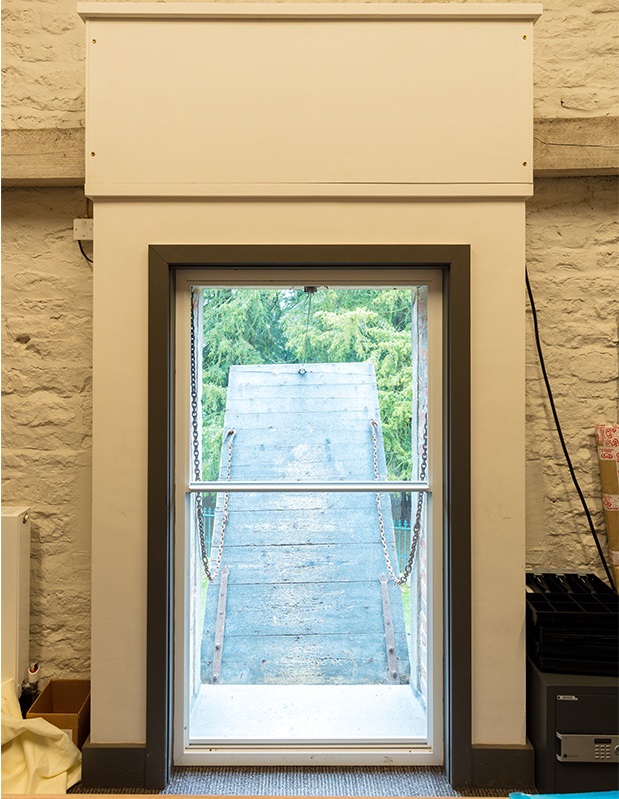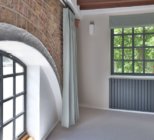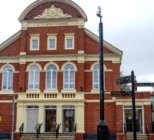In 2018 the National Trust began an ambitious project to conserve and rejuvenate the Grade I listed 17th century stable block on the Belton Estate in Grantham, Lincolnshire.
The plan was to restore the building sensitively to include a new café, a function space and a much-needed office and meeting rooms on the upper floors. The project required restoration work which included conserving lime plaster, repairing the 19th century windows and reinstating historic paint schemes; employing craftspeople skilled in traditional building techniques.
A rich history
The Grade I listed Belton House stable block in Grantham, Lincolnshire was built in 1685 and is lauded for its artistic and historical value. It was originally constructed by master mason William Stanton for Sir John Brownlow between 1685 and 1688 and is one of just ten significant surviving 17th century stables in England.
Having been altered for the 1st Earl of Brownlow by Jeffry Wyatt in 1811 and 1820, the stables have since served, alongside the entire Belton Estate, as a base for the Machine Gun Corps during WW1 and as a home to the RAF Regiment during the Second World War. In more recent times the estate was used in the BBC 1995 TV adaptation of Pride and Prejudice.
The Estate has been under the stewardship of the National Trust since 1984 as the resident Brownlow family was faced with mounting financial problems.
As part of the refurbishment, Selectaglaze was contacted by Rodney Melville and Partners to provide an upgrade solution for the original windows which, despite being conserved and repaired, were thermally inefficient.
Selectaglaze Series 10 horizontal sliders were specified for 24 of the original leaded windows in the offices and meeting rooms, with their slim profile making them suitable for a wide array of heritage properties.

Three units situated in the toilets were glazed with satinovo glass to maximise privacy and custom-made timber grounds were affixed to all the openings that were splayed or out of shape. Thermal efficiency has improved considerably since the installation, with the added benefit of increased acoustic insulation.
A rather unusual feature in one of the offices was a drop-down door which would once have been used to allow for hay or other agricultural produce to be hoisted up for storage by the groomers. When fully open, the door is supported by a stone jettied platform on the façade of the building – a feature the architect was keen on retaining.

The clients wanted to facilitate the movement of the door and some sort of access was required for future maintenance. As this particular office room had no windows, the opening of the door also allowed for natural light and ventilation to flood the space.
The ideal solution was achieved by treating the opening with a Series 20 vertical sliding secondary glazing unit, whereby the top sash could be lowered to permit ventilation. The Series 20 glazed with 6mm toughened glass also fashioned an active barrier to prevent people from walking on the door once opened.
The clients are surprised with how well the secondary glazing is performing and have already noticed how much warmer and acoustically efficient the offices are, in a way sensitive to the stable’s origin and context.

‘We are delighted with the way the Stables restoration at Belton House has been completed,” notes Ian Cooper, Belton House.
“Transforming an almost derelict listed building into fabulous working offices has been an incredible project and working in collaboration with the Architects and Curators on the project Selectaglaze have played their part in delivering a stunning historic but comfortable working environment.”










